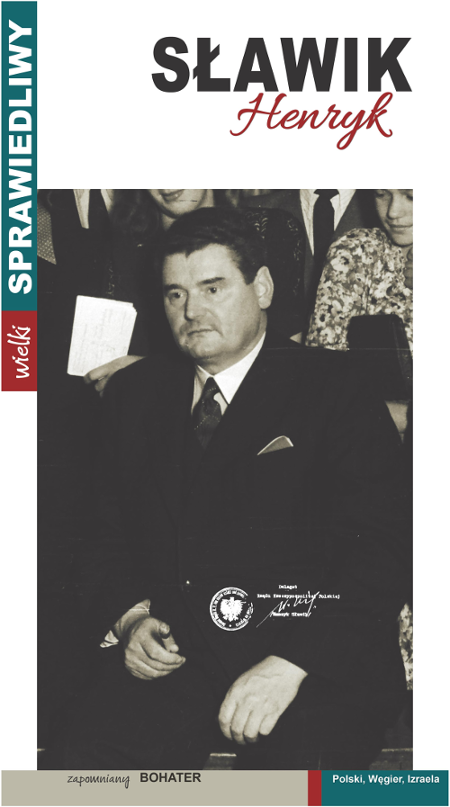The exhibition tells the story of an extraordinary man whose effort and huge dedication saved several thousand Polish Jews sentenced to extermination by the Germans.
After the outbreak of World War II in September 1939, about 100,000 Poles managed to get to Hungary, where thanks to the favor of the Hungarian government, they could join the newly armed forces created in the West. Jozsef Antall senior was appointed as a contact liason with Polish refugees from Hungary, and Henryk Sławik became the chairman of the Polish Citizens’ Committee for the Protection of Polish Refugees in Hungary and at the same time a delegate of the Ministry of Social Welfare of the Polish government in exile. Together they made an effort to rescue the doomed Jews.
In the orphanage created in Vac, Sławik sheltered a hundred Jewish orphans from Poland, officially claiming that they were the children of Polish officers. He forged documents and taught them Catholic prayers. He ordered the apostolic nuncio to visit not to arouse suspicion.
According to information posted by the Yad Vashem Institute, over five thousand people survived thanks to Sławik. Unfortunately, Sławik was denounced and handed over to the Germans who sent him to the Mauthausen-Gusen camp, where he was murdered in 1944. Even while being tortured, he did not release his friend and colleague – Jozsef Antall.
In 1990 Henryk Sławik was honored with the title of Righteous Among the Nations and in 2010 President Lech Kaczyński posthumously awarded him the Order of the White Eagle.
The author of the exhibition is Grzegorz Łubczyk, a Polish philologist and journalist, in the years 1997–2001 the Polish Ambassador in Hungary, author of many books and documentary films.
The exhibition was created with the support of the Museum-Castle in Łańcut. Financial support was provided by the Marshal’s Office of the Podkarpackie Voivodeship.

